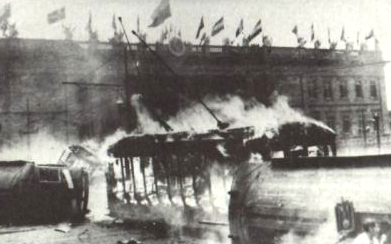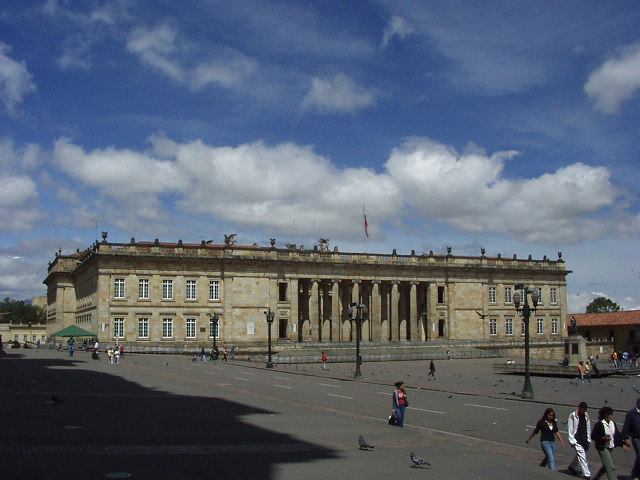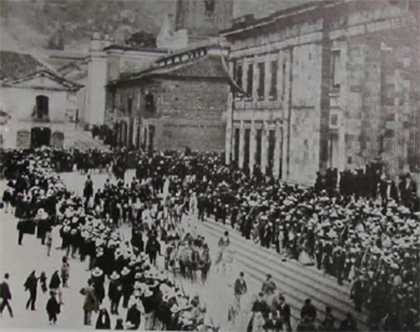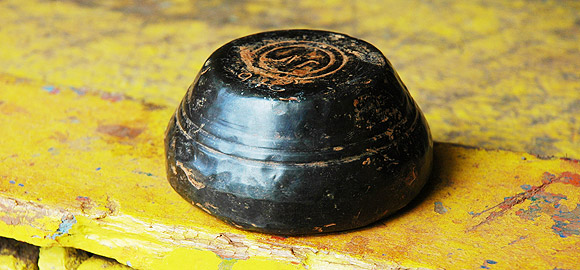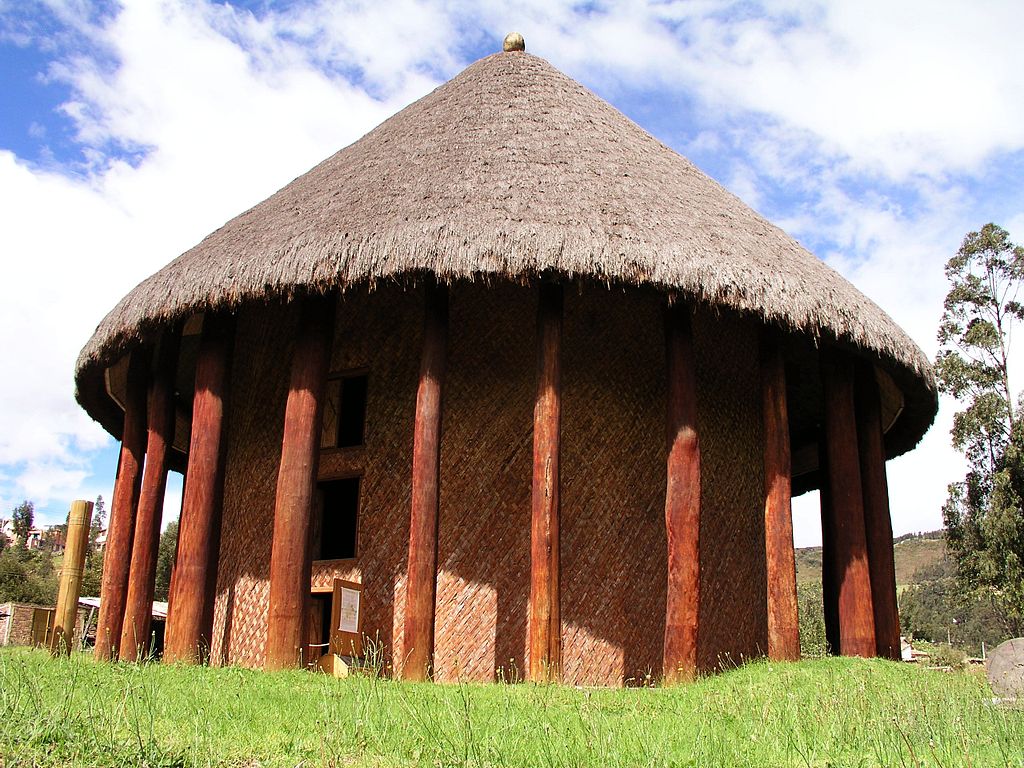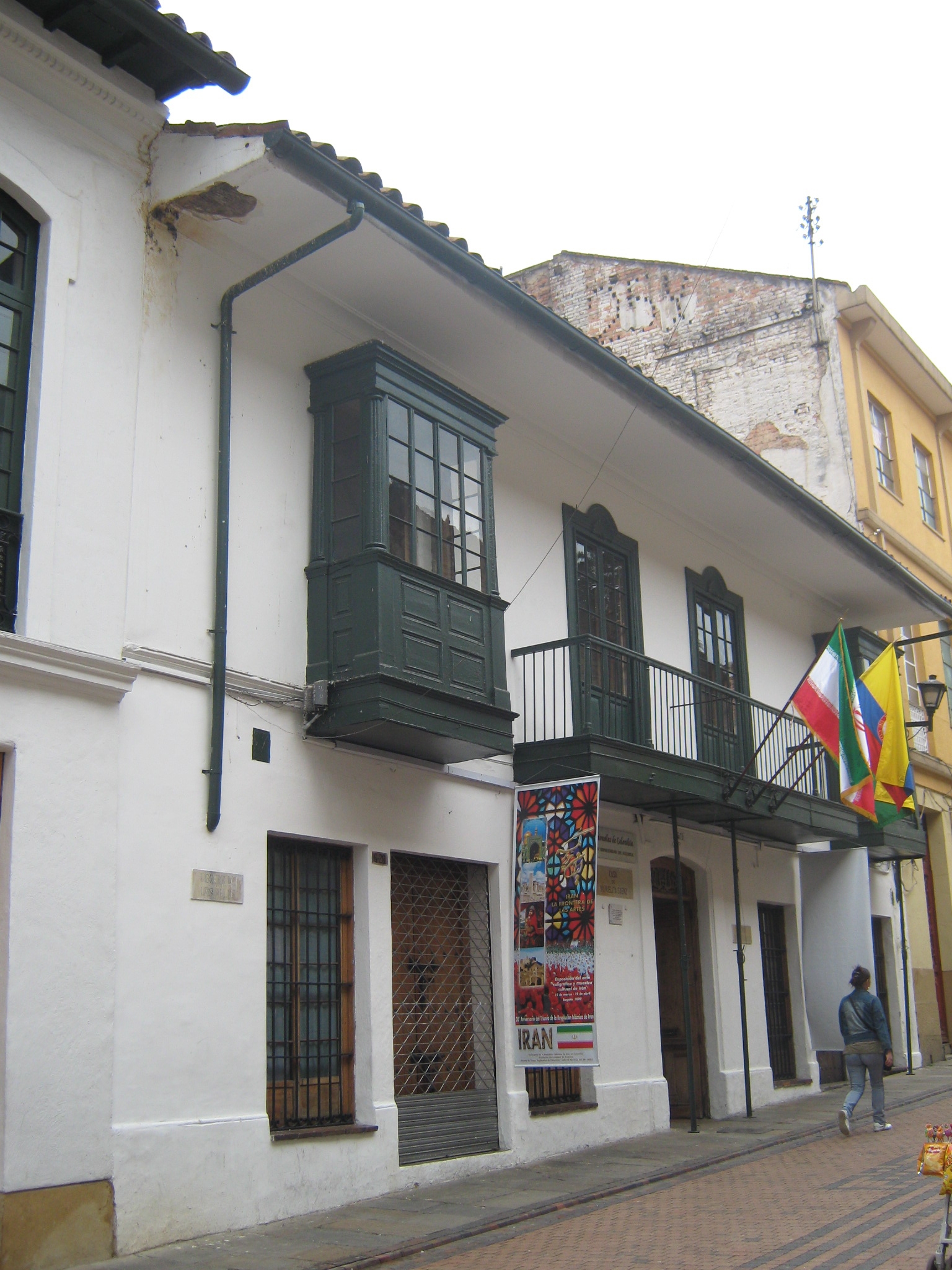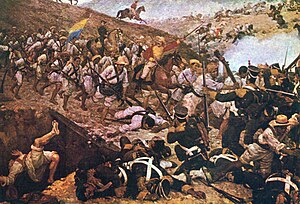Monserrate is the best known of the eastern hills of Bogotá. Alongside Guadalupe is one of the guardian hills of the city. Monserrate has an altitude of 3152 msnm and is located on the ridge oriental.

The hills of Bogotá, sedimentary, have at least 16 million years old, with Cretaceous rocks belonging to guadalupe Group, in what is refers to geological aspect. Until the mid-seventeenth century was known as Cerro de Las Nieves.
The Basilica of the Lord of Monserrate has been a place of religious pilgrimage since colonial times and becomes a natural, religious, gastronomic attraction of the city. You can climb the hill on the footpath, by cable car or funicular.
For 2014 are enabled three main methods of promotion:
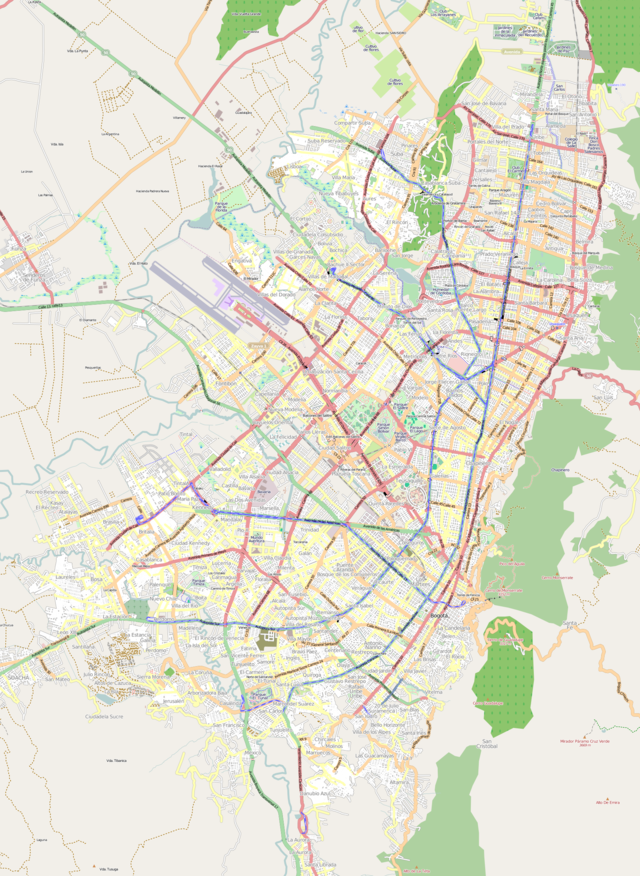
Funicular: Open Monday to Saturday between 7:45 am and 11:45 pm, Sundays from 6:00 a.m to 30 September p.m

and holidays from 6:00 a.m. to 6:00 p.m.
Cable car: from Monday to Saturday between 12:00 p.m. 12:00 pm, Sundays from 9:30 a.m. to 9:30 p.m
Hike: Open to the public every day except Tuesday 7 between 5:00 a.m and 4:00 p.m

Monserrate is one of the most recognizable formations Bogotá Savannah and one of the symbols of the city.
Belonging to the eastern hills.
In the foothills the Spanish conquistador Gonzalo Jimenez de Quesada founded the first Spanish settlement in the region Bacatá in the current race Calle Trece Second, not far from the Chorro de Quevedo, later called Pueblo Viejo, then known as Teivzaquillo.

